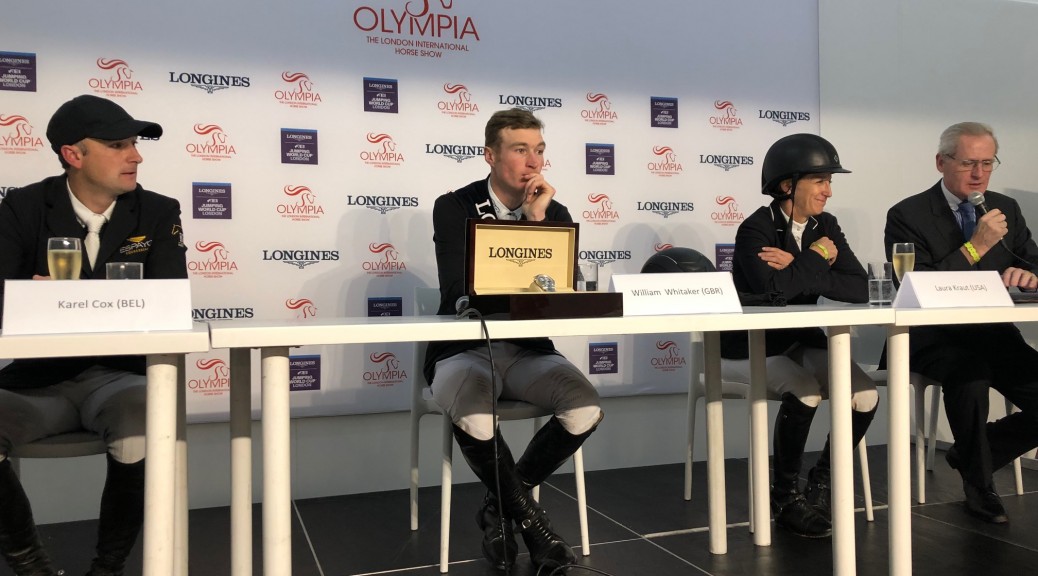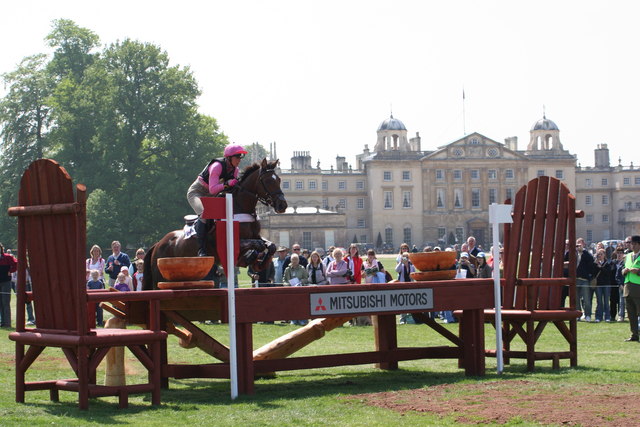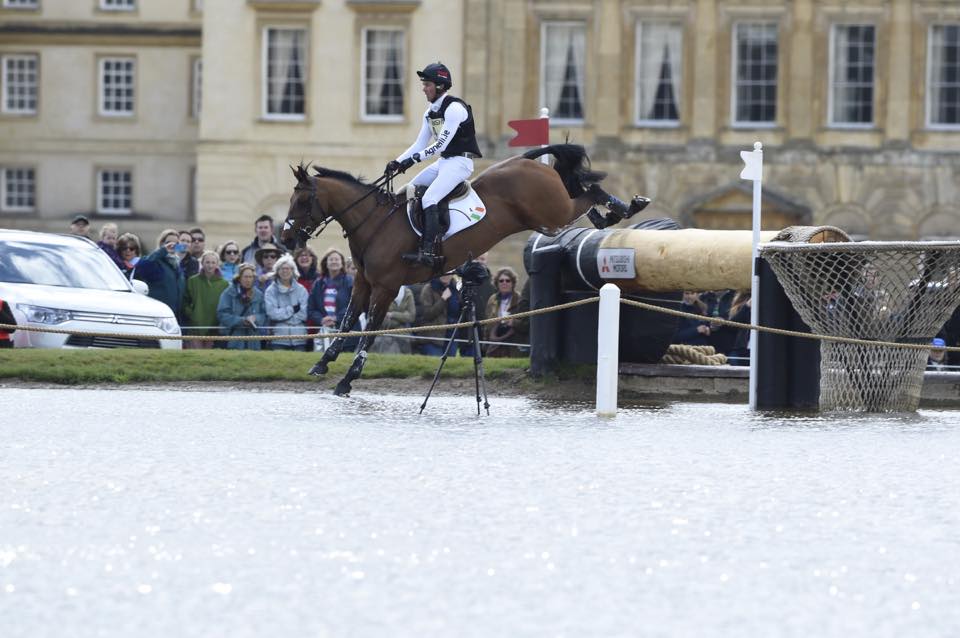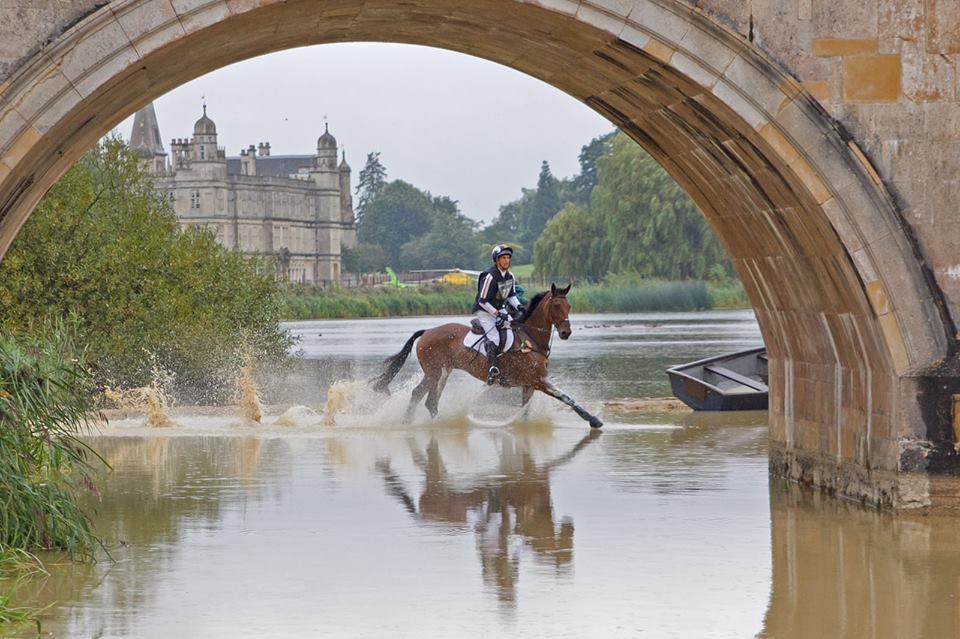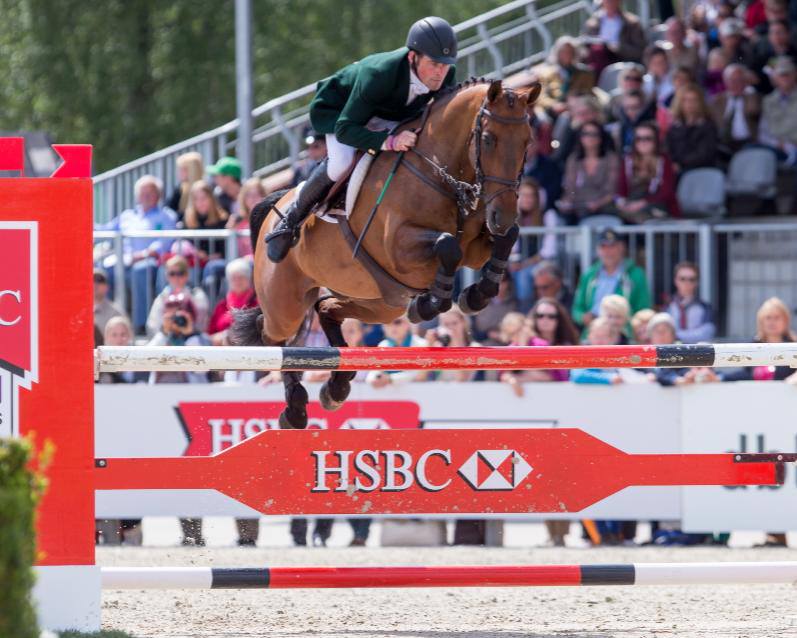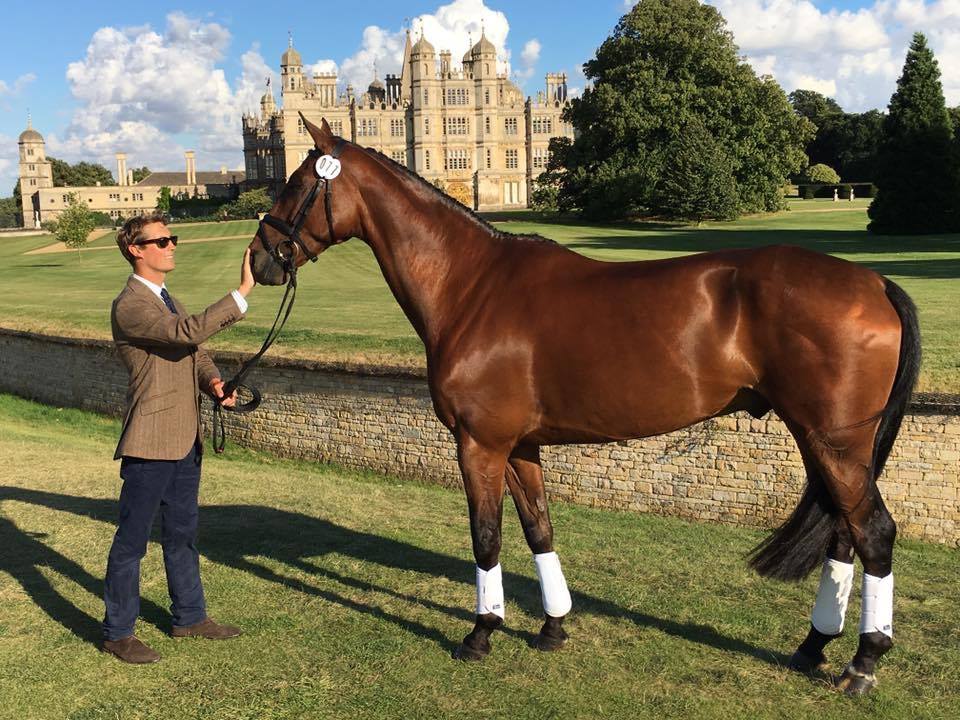




How effective are you in the saddle. Have you ever tried to tune in to what is happening under your saddle? Are you aware of the exact response from the horse to any given movement by you?
Are you a bit fuzzy on how the whole thing actually works. You know the basics, you ride inside to outside, you sit centrally in the saddle with subtle changes in weight reflected in the movements of your upper and lower body. Legs controlling behind, shoulders the front and your core the power house creating energy, swing, impulsion, and lastly your seat providing a stable point from which to perform all this with a set which is light, mobile, agile, and controlled.
All this without even thinking about your spot on timing and direct ion, cadence, pace, suppleness and balance from your horse. So much to think about all at once. Sometimes it’s easier to forget that there is a horse under you and concentrate on recreating the correct body shape needed to make efficient and accurate aids.
You can go a long way to helping yourself become efficient and effective in the saddle if you are fit and agile.
The key to being a effective rider starts on the ground. You need to be fit. Riding and mucking out (unless you are one of our professional riders and trainers) is not enough you need to get out and to aerobic sports like running and swimming, fitness classes or dancing. Dancing is very good for a rider as it helps with a sense of erythema and makes you agile at the same time. However key to all progressive riding is being strong and mobile in your core. Here are a few simple exercises which can help you start to strengthen you central core/abs. As always with any fitness advice if you experience pain then you must consult your doctor before progressing further. Taking part in fitness classes may be a way to get you motivated. There is nothing better than the thought of thinking people will notice you haven’t been doing your ‘homework” to get things moving along a pace!
However if you want some exercises you can do at home with a minimum of equipment her are five simple ones to start you off.
1. Reverse Crunch with Resistance Bands
Targets: transverse abdominals
Lie on your back with your knees bent, arms down by your sides, holding one end of a band in each hand, with the band wrapped around tops of shins. Raise your knees toward your chest until your hips leave the floor. Hold for 3 seconds; lower to start. Repeat for 2 sets of 10 reps.
2. Knee-Ups
Targets: rectus abdominus
Brace yourself between the backrests of two sturdy chairs, keeping elbows slightly bent, shoulders down, neck relaxed, head and chest lifted. Keeping your abs tight, exhale and then very slowly bring your knees to your chest without swinging back and forth. If your form falters, try raising one knee at a time. Build up to 3 sets of 15 reps.
3. Leg Swings
Targets: obliques
Lie on back with arms out to sides, legs and feet pointing up. Exhale and draw navel in toward spine as you lower legs to left side about 5 inches from floor. Return to start and repeat on right side. Keep switching sides for a total of 15 reps. Work up to 3 sets.
4. Ball Leg Lift
Targets: transverse abdominals
Lie facedown on a ball and roll forward until your hands are on floor and just the tops of your feet are flat on ball. Keeping your back and right leg straight, slowly lift leg a couple of inches toward the ceiling. Hold for 3 seconds, then lower. Do 10 reps, then switch legs. Add 2 repetitions each week as long as you can maintain perfect form.
5. Butterfly Crunch
Targets: rectus abdominus (“six-pack”)
Lie on your back with the soles of your feet together as close to your body as possible, with knees bent out to sides. Place hands behind your head, elbows in line with ears. Keeping your back flat on floor and stomach muscles contracted, exhale and curl your chest up a few inches off the floor toward your legs. Lower to start. Repeat 10 times.
6. Side to Side
Targets: obliques (sides)
Lie on your back, knees bent and feet flat on the floor, with your arms at your sides. Exhale and contract your abs as you slide your right hand toward your right foot. Your head and neck should remain aligned and your lower back pressed to the floor. Return to start, then switch sides. Repeat 15 times.
7. Front Plank
Targets: transverse abdominals
Start on your hands and knees. Keeping your back and ab muscles contracted, drop down to your forearms while extending legs out behind you so you are resting on the balls of your feet. Be sure to keep your back straight, hips up, and neck relaxed. Hold for 3 seconds, then return to start. Repeat 10 times.
8. Fingers to Toes
Targets: rectus abdominus
Lie on your back with your legs straight and extended toward the ceiling, with arms down by your sides. Exhale and contract your abs as you crunch up from your waist and extend your hands toward your toes. Keep your back flat on the floor. Work up to 2 sets of 15 reps.
9. Scissors
Targets: obliques
Lie on your back with your fingers resting behind your head. Keeping your abdominals tight, raise your left knee and touch it to your right elbow. Return to start, then raise your right knee and touch it to your left elbow. Alternate for 15 reps in a smooth, continuous motion, keeping abs engaged and hands relaxed so you don’t pull on your neck. Work up to 2 sets.
10. Obviously don’t do all of these at once!! Work through the list joining on new sets as you get stronger. Do not perform moves badly. Stop and rest of do fewer repetitions until you are ready to move on.

